Bicycle safety tips for drivers and cyclists
Sarah Bradley from Cycle Toronto shares bicycle safety tips for drivers and cyclists
By Geotab Team
Sep 21, 2018
Updated: Apr 24, 2023
6 minute read
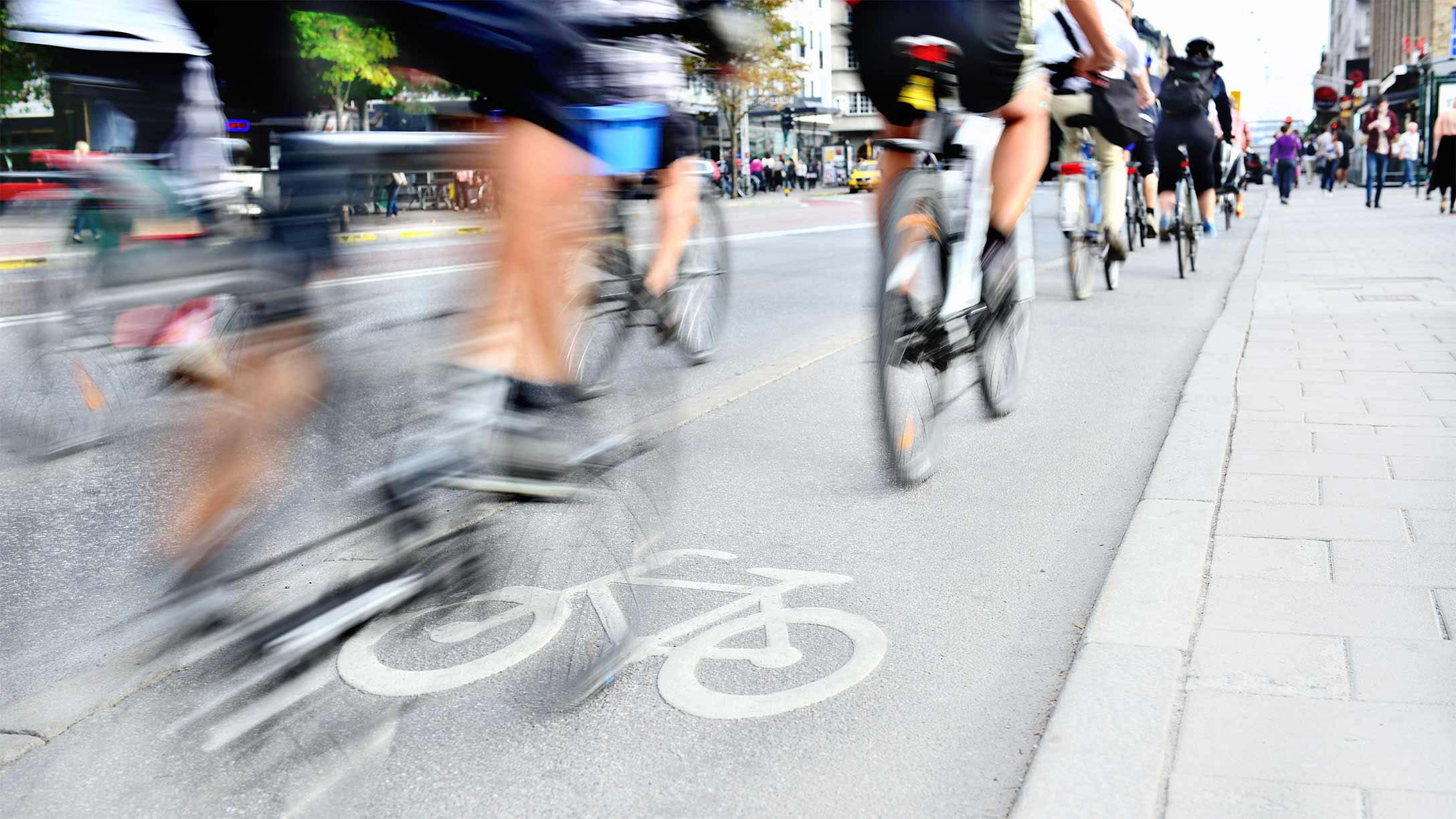
You may have noticed more bikes on the road. The shift to smart mobility around the world means that alternative, greener modes of transportation are being encouraged, such as cycling. Bike-sharing, part of the emerging micro-mobility industry, is expanding in North America and Asia. This year, Uber acquired Jump, an e-bike ride-sharing company.
Bicycle Safety Statistics: The Numbers Are Not Good
Unfortunately, the statistics on bicycle safety are not good. In the U.S., 840 cyclists were killed in 2016 in motor vehicle crashes, according to the National Highway Traffic Safety Association (NHTSA). The Wall Street Journal reports that bicycle-related deaths and traumatic injuries are on the rise. That trend is echoed by the European Commission.
Eye-Tracking Study Finds More Than Half of Drivers Don’t Look for Cyclists and Pedestrians
A recent study conducted by researchers at the University of Toronto Faculty of Applied Science & Engineering found that drivers are failing to do proper safety checks for people biking and walking before turning.
Researchers tracked the eye movements of drivers at busy intersections in Toronto and found that more than half (11 of 19 drivers) failed to scan for pedestrians or cyclists before turning right. What’s more, the drivers who drove more frequently in the downtown area, were more likely to make “attentional failures.”
The study group included drivers aged 35 to 54 and having more than three years driving experience.
Other research from Western University in London, Ontario points to the need for drivers to pay more attention on the road. The study revealed that of 111 cyclist deaths due to a vehicle collision, 43 percent resulted from the cyclist being struck from behind.
We Asked the Experts for Tips on Sharing the Road
What should fleets know about bicycle safety to help drivers avoid dangerous situations? To find out, we sent a list of questions to Cycle Toronto, a not-for-profit organization that is working “to make Toronto a healthy, safe and vibrant cycling city for all.” Their #BuildtheGrid campaign champions building a connected network of protected bike lanes and routes across the city.
Sarah Bradley, Communications Manager at Cycle Toronto, shared advice for both fleet drivers and cyclists. Please read and share these important bicycle safety tips for drivers.
Tips For Fleet Drivers:
Geotab: What are some best practices for fleet drivers when it comes to sharing the road with cyclists?
Sarah Bradley: We often find that people driving simply aren’t aware of basic guidelines that make a world of difference for people riding bikes, particularly in busy urban environments where there isn’t a lot of space. Remember that we all want to get to our destination safely.
Here are a few things to keep in mind while sharing the road:
- When in doubt, communicate! This goes without saying, but signalling well in advance of turning, not switching lanes suddenly, checking your mirrors and making eye contact at four-way stops will help people biking understand your intentions.
- Look for people biking! The easiest way to avoid a near-miss or collision is to look out for vulnerable road users. When you’re not expecting to see people biking or walking, you probably won’t see them.
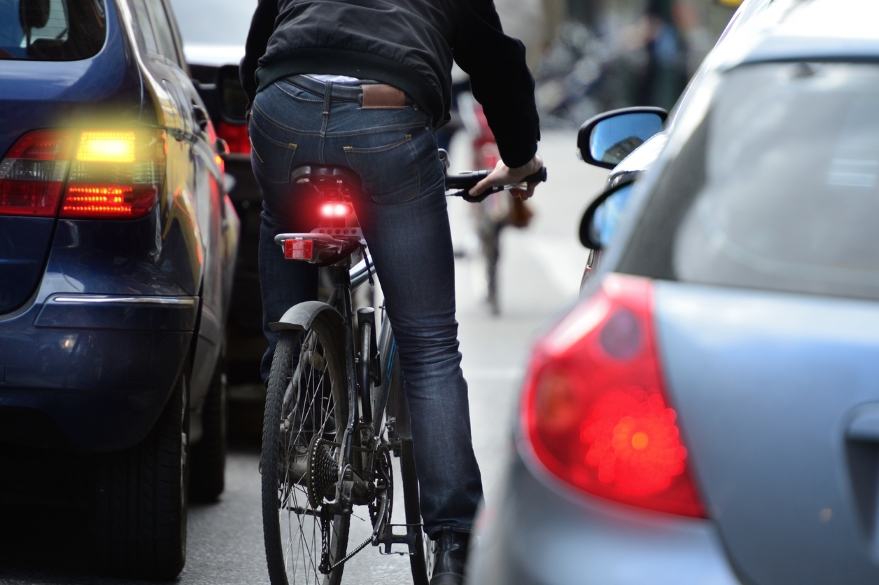
Geotab: What are some of the things drivers should be aware of when sharing the road with cyclists?
Sarah Bradley: The number one piece of advice we would offer to people driving is to slow down and leave enough space for people riding bikes to maneuver safely. Remember: obstacles and hazards on the road that you might not notice while driving can cause a person biking to swerve or risk hitting a pothole or sewer grate, which can throw them off balance or even off their bike.
Did you know drivers in Ontario must adhere to the one-meter safe passing rule under the Ontario Highway Traffic Act? This means that when passing a person biking, drivers of motor vehicles are required to maintain a minimum distance of one metre (see the MTO Drivers’ Handbook). This ensures that everyone has the space they need to travel safely and predictably.
Geotab: How can fleet drivers be better trained to navigate bike-friendly cities?
Sarah Bradley: One concern that we hear often is that fleet drivers pull into bike lanes (both painted bike lanes or those separated by flexible-posts). Under the law, only taxi drivers are permitted to stop in bike lanes, while picking up or dropping off passengers — but in bigger cities across the world that have more infrastructure, it is crucial to be considerate — that means signalling and checking your blind spot before pulling into and out of a bike lane.
Legality aside, bike lanes should be safe spaces for people riding bikes, just like a sidewalk is for people walking or wheeling. Many drivers don’t realize that they can cause obstructions to people biking, who don’t expect a vehicle to pull in or out in their path. Stopping in the bike lane forces someone riding a bike to share space with motor vehicle traffic, which can feel uncomfortable and unsafe.
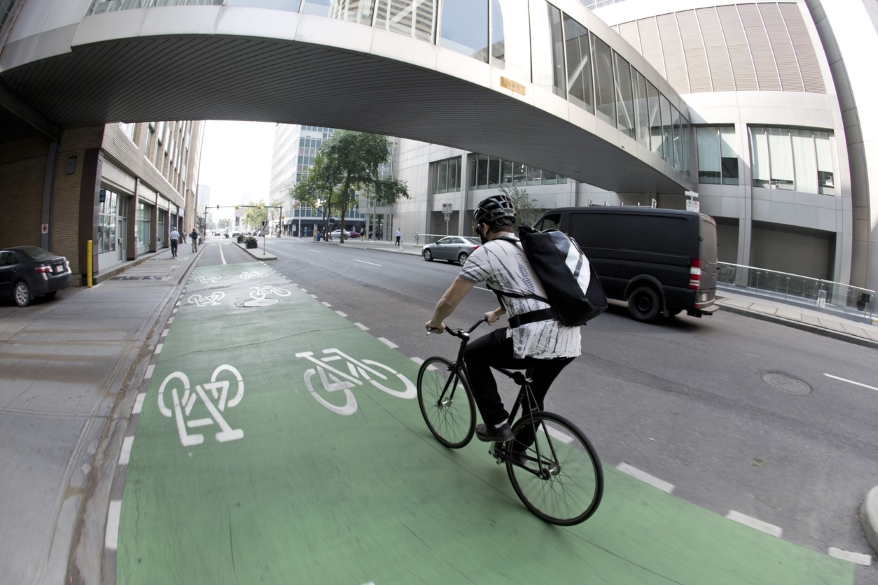
Geotab: How can fleet drivers become more aware of bicycles on the road?
Sarah Bradley: One simple piece of advice is to be more attentive and take that extra step of checking your surroundings — that means all mirrors and blind spots — that is really what sharing the road is about. We know how easy it is to fall into a lull of security when driving a motor vehicle, but we can’t stress enough how important it is to actually take in all the information around you and act accordingly.
In the United Kingdom, they refer to the SMIDSY phenomenon (which stands for “Sorry Mate, I Didn't See You”). Generally, we are taking in a lot of information as we drive and if we are not actively looking for people on bikes, we are not likely to see them. So our advice to fleet drivers is: expect bikes around you, look for them and give them the space they need to maneuver around potholes, puddles and other obstacles.
Geotab: Any other advice, tips or information you want to add or you think our readers should be aware of regarding sharing the road?
Sarah Bradley: Besides leaving safe passing distance and being considerate when pulling into and out of bike lanes, we urge fleet drivers to make the roads safer for everyone by carefully checking around them before opening their car door, and encouraging passengers to do the same.
“Dooring” which is the act of opening one’s door in the path of a person biking is very common on the road. Imagine you’re riding along in a bike lane and suddenly your path is interrupted by a door flung open with no warning! Even the most confident cyclists may not be able to react in time, leading them to collide with a metal car door, or be forced to swerve into motor vehicle traffic.
A way to ensure you are checking your surroundings before you open your door is with the Dutch Reach: when opening one’s car door, use the hand farthest away from the door to open it (i.e., right hand for those driving in North America and left hand for those driving in Europe). This simple switch turns your body, making it natural to check for people biking in the vicinity.
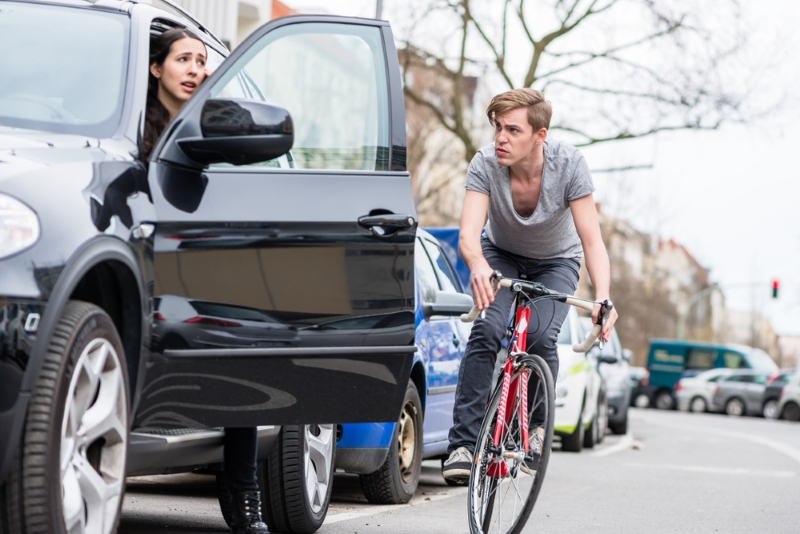
Tips For Cyclists:
Geotab: What can cyclists do to ensure they are safe on the road?
Sarah Bradley: Riding a bike can be a convenient, affordable, healthy and a fun way to move around the city! Keeping a few basic principles in mind will ensure people biking can get to where they need to go safely and confidently. We would recommend people biking to be seen, be heard and be safe.
- Be seen: Wear reflectors at night and equip your bike with a front white light and a rear red light.
- Be heard: Make sure you have a bell or horn on your bike. Ringing a bell lets people know you are approaching. This is especially important when passing parked, pulled-over or turning cars. A gentle ring or call when passing another person biking can also go a long way to making everyone’s experience on the road more pleasant.
- Be safe and know the rules of the road: if you’re new to cycling or returning to riding after a long break, we recommend taking a course, signing up for a workshop or joining a group to build confidence riding on city streets. The more practice you get around navigating different environments (while in a supportive group), the greater your ability will be to get to where you need to go — and arrive refreshed, not stressed.
Geotab: What are your tips for cyclists to properly share the road with other vehicles?
Sarah Bradley: Don’t be in a rush! Take the time to signal and check your surroundings, especially when proceeding through busy intersections.
One tip we offer to people biking is to think about "sharing the road" as something that is best done front-to-back, not side-by-side in the same lane. For example, if you’re travelling along a protected bike lane and want to overtake another cyclist or make a turn, wait until you have space. Don’t risk cutting someone off or putting yourself in the path of a motor vehicle. When in doubt, wait until you have enough space and time.
Conclusion
For drivers, staying alert and aware of your surroundings at all times is key. Cities also have a role to play, through measures such as bike-friendly street design and managing speed. The European Commission advises that lower speed limits of 30 km/h or 20 mph on roads helps improve safety.
Fleet managers can support road safety through education, driver coaching, and other advanced safety tools. Find more information on Geotab's fleet and driver safety management solutions here.
For cyclists, wearing bike helmets and increasing visibility through clothing choices and lights are essential to safety. Following the rules of road is everyone’s responsibility.
Although sharing the road may feel difficult at times, if everyone works together, we can eliminate road accidents and injuries.
For more fleet safety tips, please subscribe to the Geotab Blog.
Read more on safety:
Improving Road Safety with Technology Innovation
Subscribe to get industry tips and insights
Geotab Team
The Geotab Team write about company news.
Table of Contents
Subscribe to get industry tips and insights
Related posts
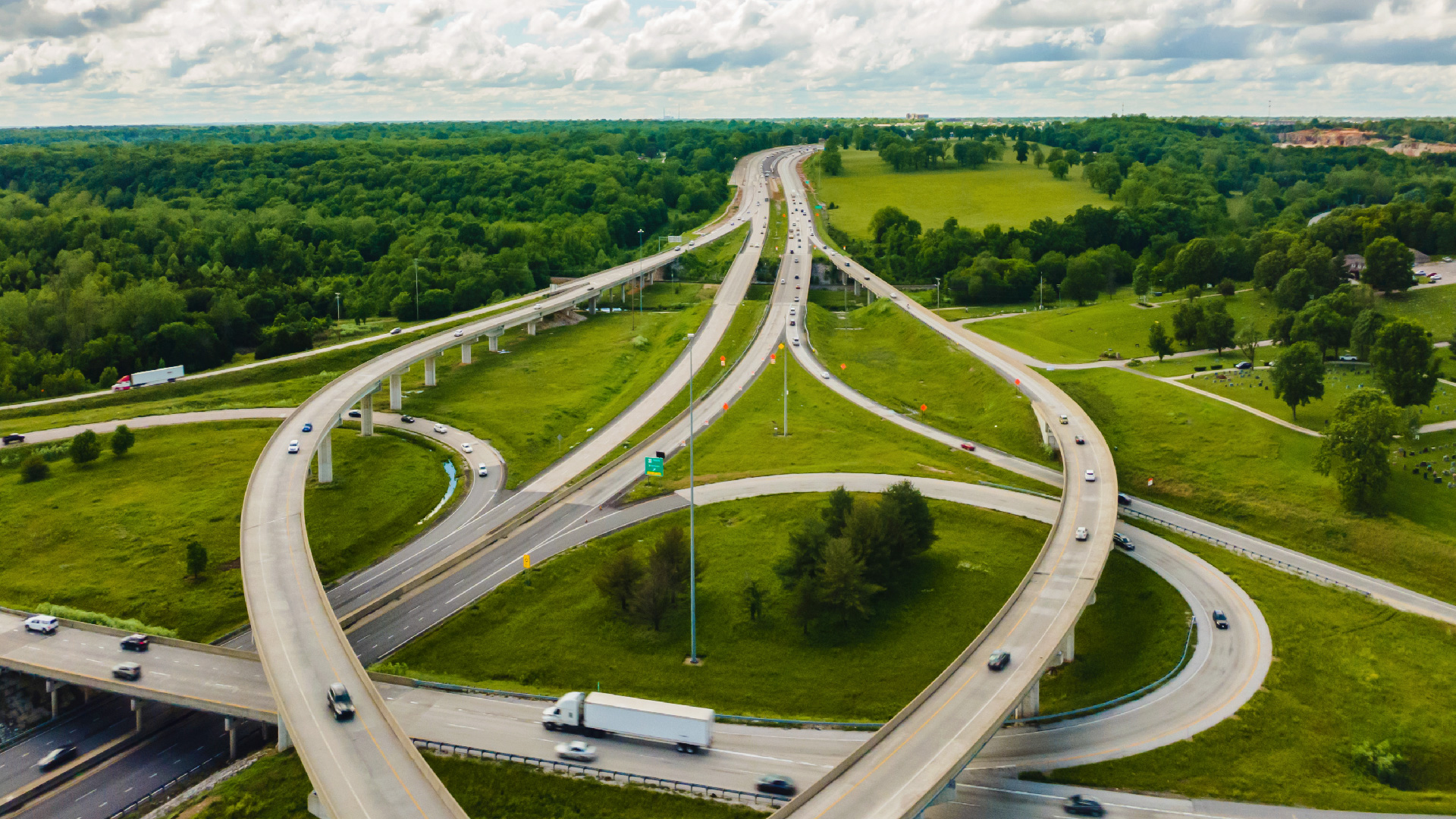
Creating a fleet safety culture that’s built to last: Lessons from Missouri DOT and NYC
July 7, 2025
8 minute read

The fleet safety incentive program checklist for driver engagement that lasts
June 19, 2025
2 minute read

Building a self-sustaining school bus driver safety program with Geotab Vitality
June 13, 2025
7 minute read
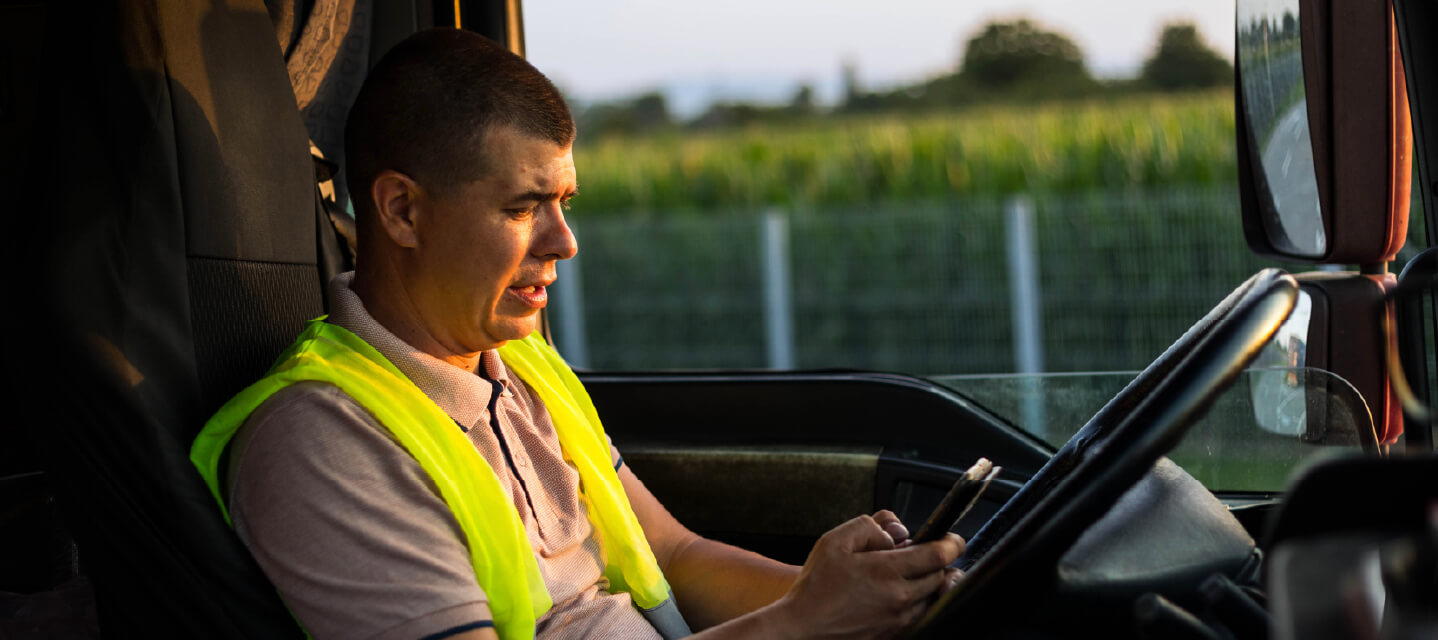
55+ Surprising distracted driving statistics and facts for 2025
May 30, 2025
8 minute read

Driving the Future of Public Safety: My Experience at Axon Week 2025
May 21, 2025
2 minute read
